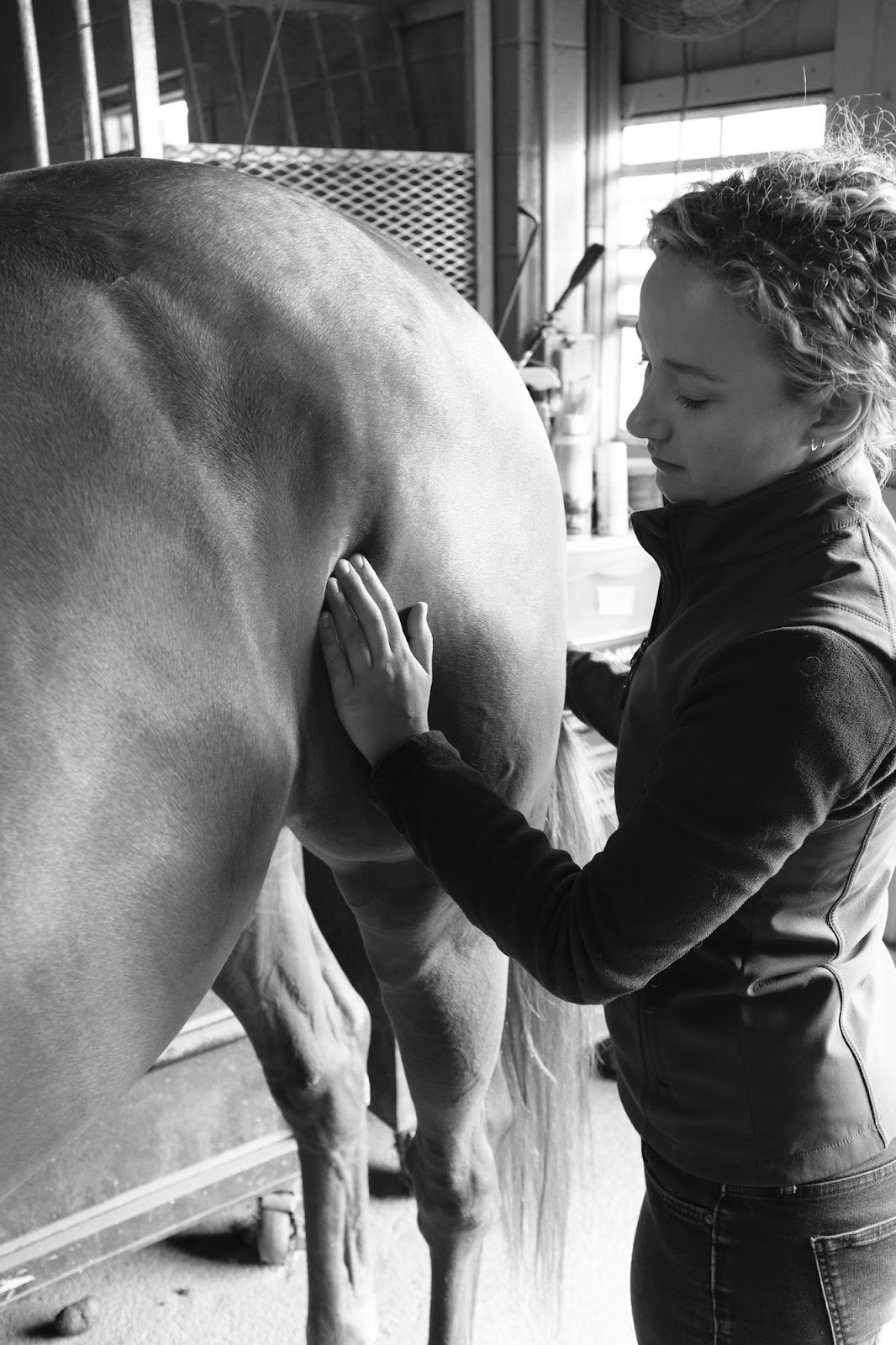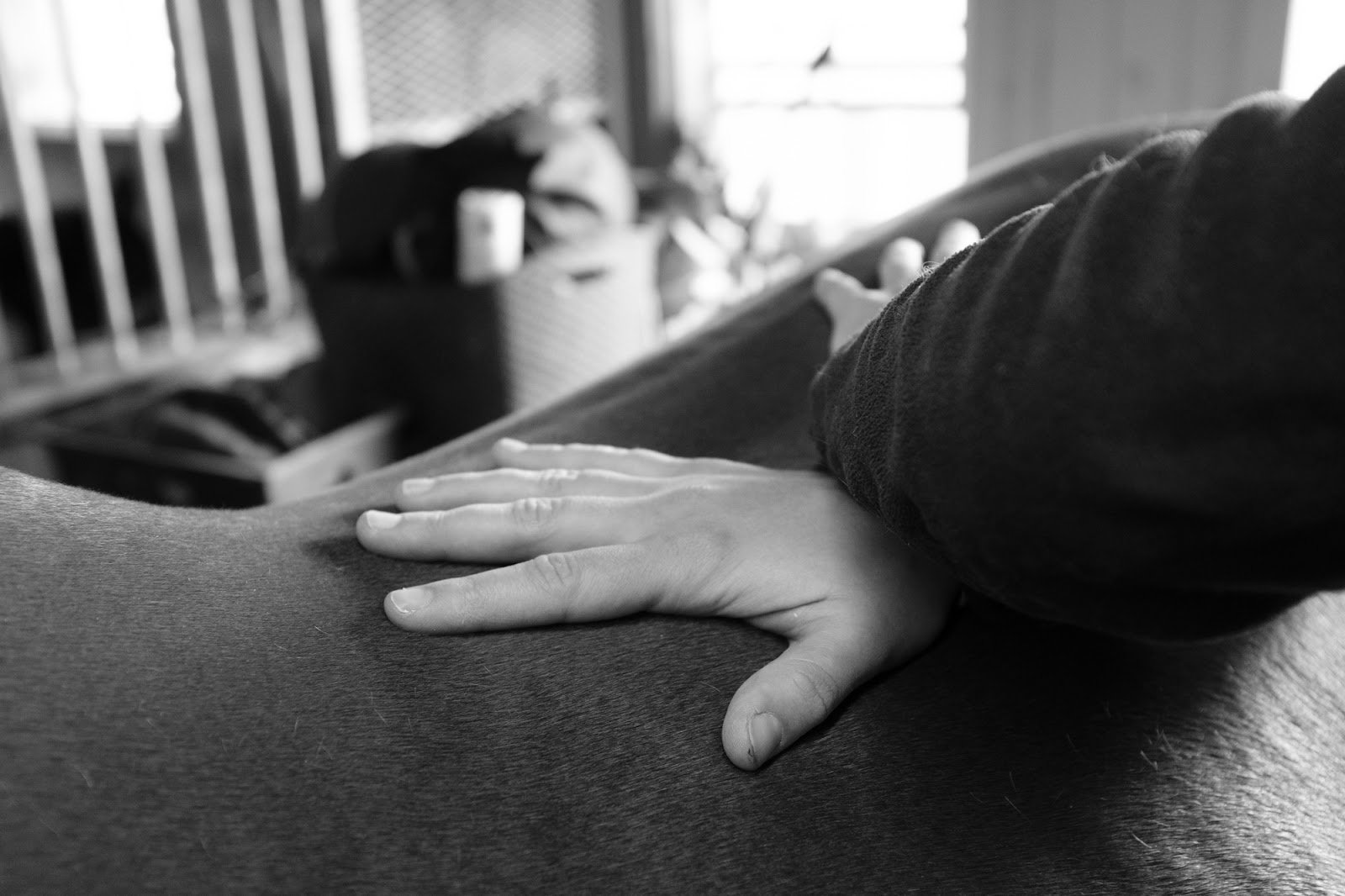Keeping Up With Maija
RESOURCES & NEWS
How Your Hip Flexors are Affecting your Breathing While Riding
In my last blog, I highlighted the importance of diaphragmatic breathing for riders. And with this article, I am adding another layer to that concept: how your primary hip flexor, the iliopsoas, and your ability to diaphragmatically breathe are connected.
To give you some anatomical context, let me outline the iliopsoas and the diaphragm. The diaphragm is the primary muscle of breathing. This dome-shaped muscle contracts and flattens with every inhalation, creating a vacuum effect that pulls air into the lungs, then with every exhalation, it relaxes, and air is pushed out of the lungs.
Harness the Power of Diaphragmatic Breathing to Optimize Your Ride
The parasympathetic nervous system mediates “rest and digest” responses: its functions include slowing heart rate and increasing digestive secretions. The parasympathetic response also serves to suppress the sympathetic nervous system (a.k.a. the “fight or flight” instinct). You might feel your sympathetic nervous system at work right before heading out to cross country, or before going into the ring for a dressage test: you shake; your heart races at a mile a minute; you feel like you are going to be sick. These are all effects of your sympathetic nervous symptom being activated by a perceived threat. So, what can you do about it? Well, now we know there is a better way than hiding in the port-o-potty fantasizing about enjoying something less dangerous, like chess or bridge. We now know the power of stimulating the vagus nerve.










